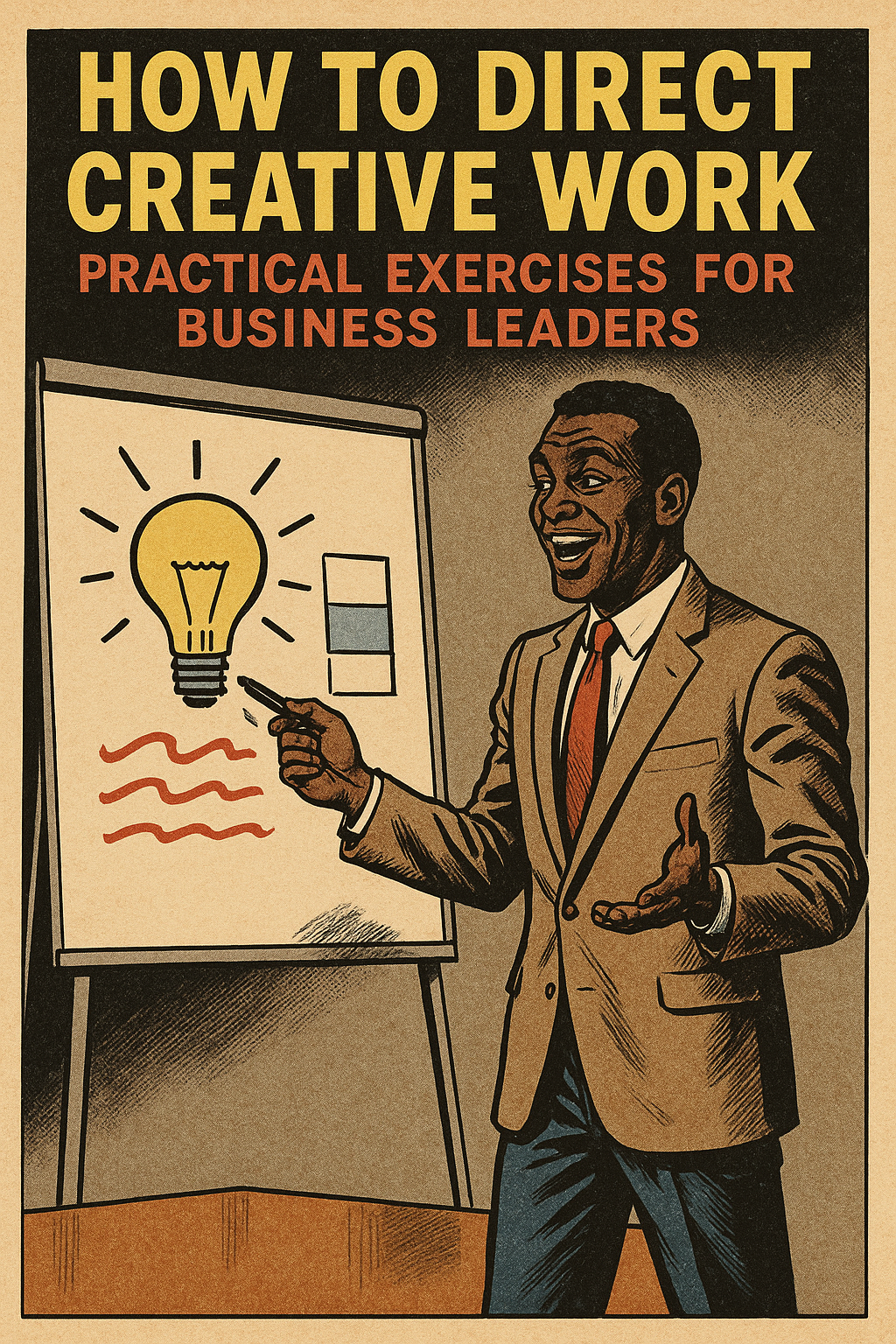Brand values often begin with energy. Founders gather around a table (or a Google Doc) and start putting words to what they believe in.
Clarity. Curiosity. Integrity. People-first. The list builds quickly, and the intention behind it is often genuine. These values feel foundational. They are meant to guide decisions, shape identity, and offer something deeper than profit.
But once those values are set? Many businesses forget to pick them back up. They’re framed in a slide deck, posted on the website, maybe even painted on an office wall. And that’s where they stay. Quiet. Unused.
If you’re a business owner, ask yourself: When was the last time you made a decision because of your brand values—not just around them? And more importantly, where in your process do those values actually show up?
Here’s what it looks like when they don’t:
A brand with “openness” as a value, but all client feedback is siloed or dismissed
A team that lists “collaboration,” but has no clear communication tools or shared workflows
“Equity” in the footer of the site, but nowhere in hiring practices or pricing models
The disconnect isn’t usually from a lack of care. It’s from a lack of structure.
Below are a few key areas of your process where brand values should be present—not just referenced, but applied.
1. Hiring and Onboarding
Your values should be the backbone of your job descriptions and interview questions. Instead of listing them at the end of a posting, embed them in the criteria:
What does “care” look like in a project manager?
How would a candidate demonstrate “accountability” in a team setting?
Is your onboarding designed to reflect your belief in mentorship, clarity, or autonomy?
New hires should be able to feel your values, not just read about them. This sets the tone early and makes it easier for your team to uphold them consistently.
2. Client Communication
From the first email to the final invoice, your brand values should inform how you communicate:
If you value transparency, don’t hide behind vague timelines or avoid hard conversations
If creativity is central to your brand, consider how your process invites clients into it
If kindness is a core value, make sure your language avoids defensiveness, even in tricky feedback loops
You don’t have to name-drop your values in every call, but you should be modeling them.
3. Creative Decision-Making
Values can be a compass when you’re at a fork in the road. Too many teams default to what’s safe, familiar, or purely profitable. But your values are meant to hold steady when things get uncertain.
Ask:
Does this direction reflect our belief in curiosity, or are we reverting to what’s comfortable?
Are we choosing this option because it aligns with our mission, or because it’s the easiest sell?
Is the work honest? Does it respect the intelligence of our audience?
This kind of questioning is time-consuming, but it’s what builds trust; not only with your audience, but within your team.
4. Operations and Systems
Your values should guide how your internal systems function. For example:
A brand that values sustainability should reflect that in print vendors, travel policies, and supply chains
If you stand for accessibility, your file sharing, slide decks, and web design should follow through
If mutual aid or equity is central, how do your profit margins make space for pro bono work or tiered pricing?
These aren’t superficial choices. They’re operational expressions of what your brand believes.
5. Creative Review and Feedback
Values often get left out of critique. But they’re powerful tools for shaping the conversation:
Frame reviews around your shared values, not just performance or polish
Ask how well the work aligns with your guiding principles, not just if it “feels on-brand”
Invite values-based feedback from your clients— this gives you better insight than surface-level reactions
This kind of review process builds a healthier culture, one that prioritizes growth over perfection.
Use Them or Lose Them
Your values are not wallpaper. They are a filter, a framework, and a form of accountability. They should shape your voice, your pace, your pricing, your people. If you’re not using them regularly, you risk forgetting what they’re for.
Here’s a place to start:
Pick one value. One project. One meeting. Ask your team, “How are we putting this value into practice here?”
It doesn’t have to be loud. But it does have to be present.
Because values that aren’t used aren’t really values at all. They’re just ideas you liked once.







